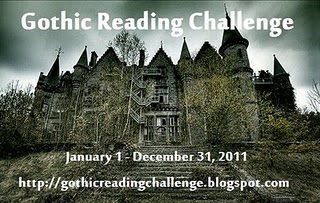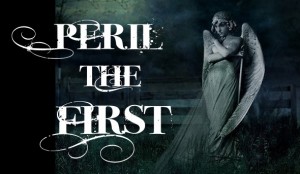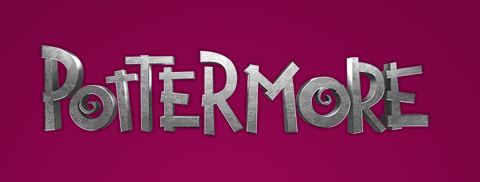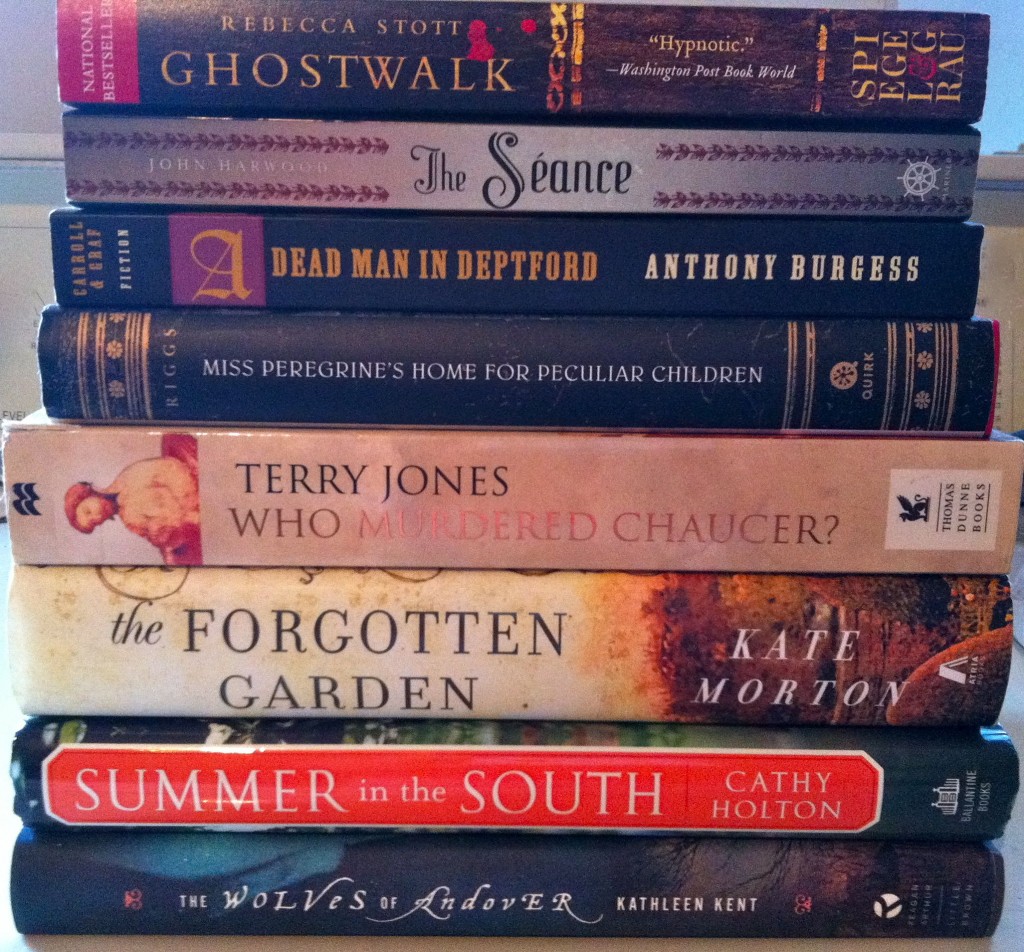[amazon_image id=”0451403703″ link=”true” target=”_blank” size=”medium” class=”alignleft”]The Hangman’s Beautiful Daughter (Onyx)[/amazon_image]Sharyn McCrumb’s second ballad novel, [amazon_link id=”0451403703″ target=”_blank” ]The Hangman’s Beautiful Daughter[/amazon_link], traces the threads of several interconnected stories. The novel begins as Sheriff Spencer Arrowood and Deputy Joe LeDonne are investigating the apparent murder-suicide of the Underhill family. High school students Mark and Maggie Underhill arrived home from play rehearsal to discover their older brother Josh apparently murdered the family and then killed himself. Sheriff Arrowood calls Laura Bruce, wife of the church pastor (who is serving as a chaplain in the Gulf War at the time), who agrees to be the young Underhills’ guardian. Meanwhile, Tavy Annis, an elderly man who has lived all his life near the Little Dove River, discovers he has incurable cancer, most likely caused by pollutants deposited in the river by an upriver North Carolina paper plant. He and his friend Taw McBryde attempt to draw attention to the polluted river, but are frustrated at every turn as no one seems to want to help. Meanwhile, Laura Bruce discovers she is pregnant and anticipates the arrival of her baby while feeling lonely without her husband. Nora Bonesteel, Dark Hollow’s resident witch (for lack of a better term) is seeing disturbing images. Spencer Arrowood mourns the end of his favorite artist Naomi Judd’s career as she retires because of a hepatitis diagnosis.
If it seems that everywhere you turn in this novel, you find death, disease, and destruction, then that’s about right. Compared with the other two McCrumb novels I have read, it is darker and more gothic. Over the course of three McCrumb books in a row, I’ve learned to trust Joe LeDonne’s instincts, and when he thinks something smells fishy about the Underhill murders, I thought he was right. Their true story was quite tragic. This is also the first time I cried reading a McCrumb book. Describing why I cried might be spoilery, but suffice it to say that I think any mother would. I kept turning the pages at the same rate as I had the previous two McCrumb books I read, but I think the various threads were not as tightly woven together as in the other two books. The characters were connected by one thing or another, but in some cases, only tangentially. I enjoyed the novel, as I enjoyed the other two. It’s so exciting when you discover a new author to love, especially one as prolific as Sharyn McCrumb.
Rating:




Full disclosure: I received this book via PaperBackSwap.












